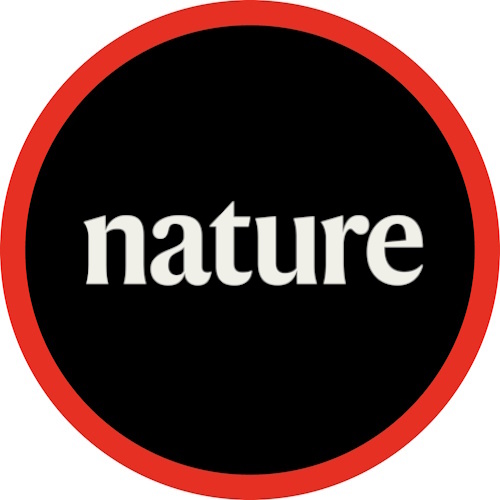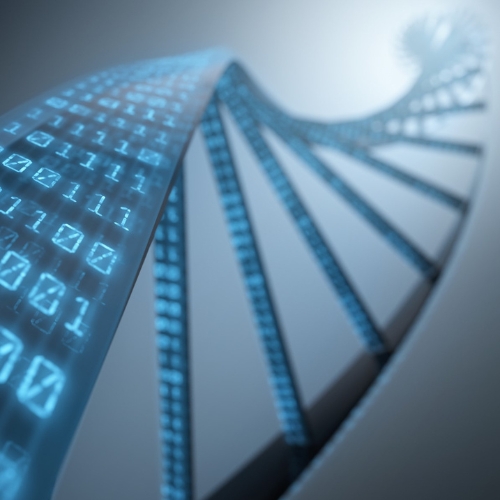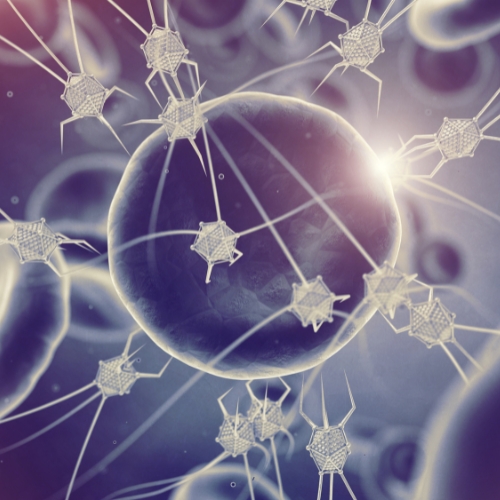Key points from article :
Artificial protein is designed on a computer and synthesized in the lab.
Artificial protein can be used to build brand-new biological circuits inside living cells.
New protein known as LOCKR, is described in a pair of papers published July 24 in the journal Nature.
LOCKR behaves like an electric switch, allowing controlling "on" and "off" in biological circuits.







